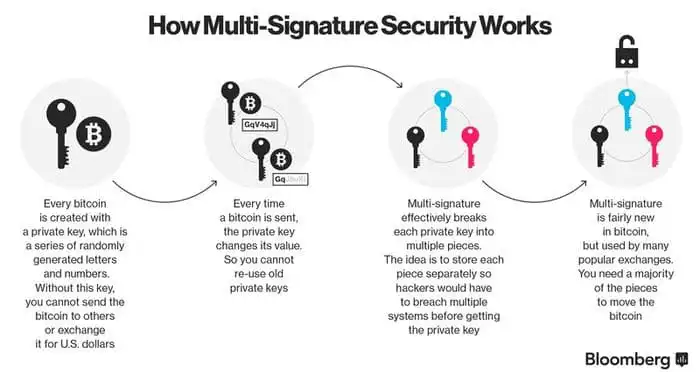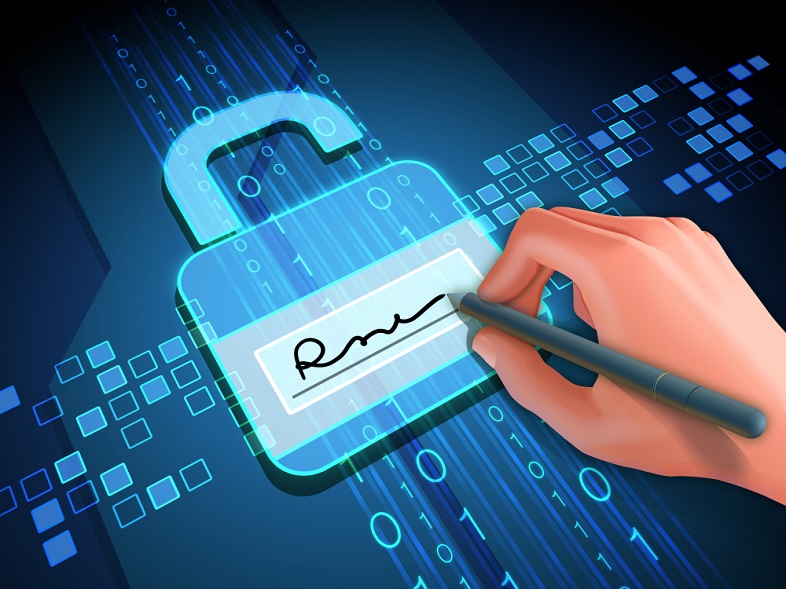
Anonymous Signatures: Exploring the Power of Ring Signatures
In the realm of digital cryptography, ring signatures have emerged as a formidable tool for enhancing privacy. Let’s delve into the world of ring signatures, understanding their significance and the profound impact they have on ensuring anonymous signatures in digital transactions.
Unveiling the Concept of Ring Signatures
Ring signatures introduce a cryptographic mechanism where a group of users collectively sign a message, but the specific signer within the group remains indistinguishable. This innovative approach ensures that a signature is valid without revealing the identity of the actual signer. In essence, it provides a layer of anonymity in digital signatures.
How Ring Signatures Work
At its core, a ring signature comprises a group of potential signers, or “ring,” and the actual signer. When the signature is generated, it becomes computationally infeasible to determine which member of the ring produced the signature. This complexity guarantees the privacy of the signer while still verifying the authenticity of the signature to external entities.
Applications in Digital Transactions
Ring signatures find practical applications in digital transactions where privacy is of utmost importance. Cryptocurrencies, in particular, have embraced ring signatures to provide users with the ability to make transactions without disclosing their identity. This anonymity feature aligns with the ethos of decentralization and user privacy within the cryptocurrency space.
Enhancing Privacy in Cryptocurrencies
In the context of cryptocurrencies, ring signatures play a pivotal role in concealing transaction details. By blending the spender’s input with other potential spenders, a ring signature ensures that tracing the source of funds becomes virtually impossible. This not only protects user privacy but also contributes to the fungibility of cryptocurrencies.
The Rise of Confidential Transactions
Ring signatures often work in tandem with confidential transactions, another privacy-centric innovation in the cryptocurrency domain. Confidential transactions encrypt the transaction amounts, and when combined with ring signatures, they create a robust framework for private and secure digital transactions.
Challenges and Advancements in Ring Signatures
While ring signatures offer enhanced privacy, challenges such as scalability and computational requirements exist. Researchers are actively addressing these issues to make ring signatures more efficient and applicable in various scenarios. Ongoing advancements aim to strike a balance between privacy and practicality.
Real-World Implications of Ring Signatures
To comprehend the significance of ring signatures, consider a scenario where a user wants to donate to a charitable cause without revealing their identity. Ring signatures allow them to participate in the transaction with a group of potential donors, ensuring privacy while still contributing to the cause. This real-world application showcases the practicality and value of ring signatures.
The Role of Ring Signatures in Digital Privacy
As concerns about digital privacy grow, the role of ring signatures becomes increasingly crucial. Beyond cryptocurrencies, ring signatures can find applications in various sectors where confidential transactions are paramount. Embracing these cryptographic tools is essential for creating a more private and secure digital landscape.
Educating the Digital Community
To fully leverage the benefits of ring signatures, education is key. Cryptocurrency users,




